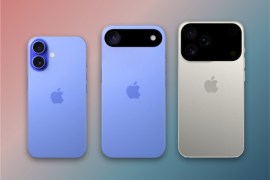Samsung Galaxy S7 vs Galaxy S7 Edge: What’s the difference?
It's a specs shootout - which Galaxy will come out on top?
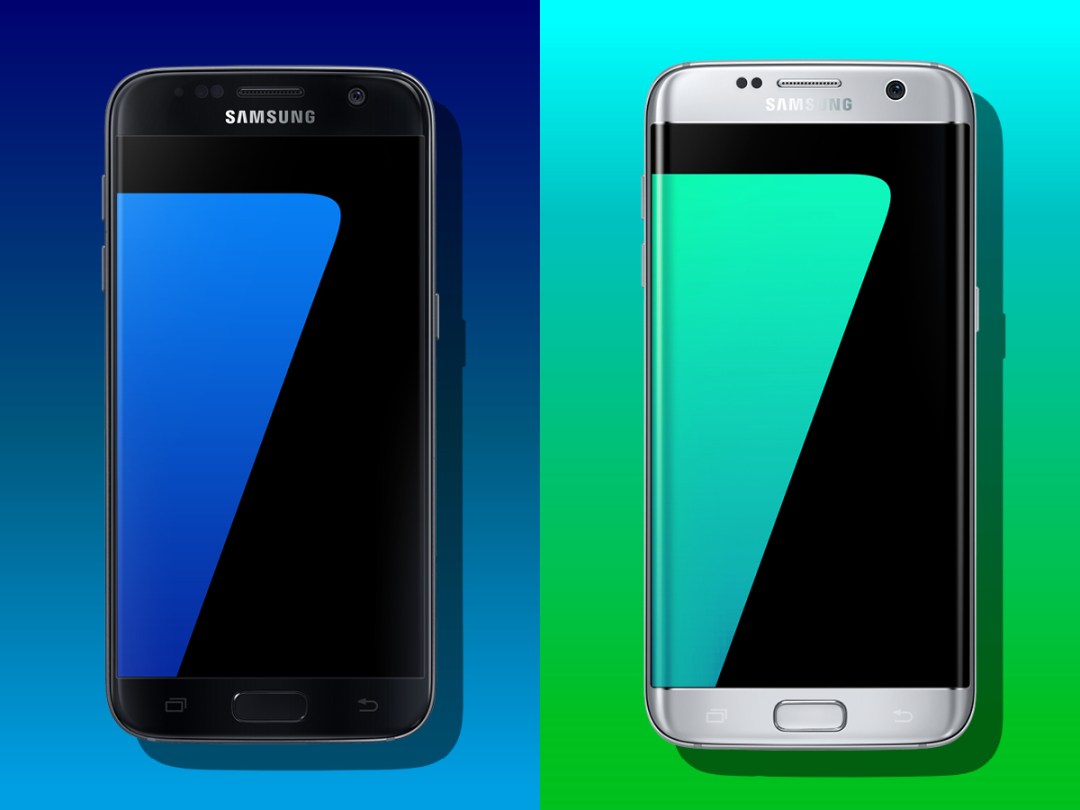
Following months of (mostly accurate) leaks, Samsung has finally revealed the Galaxy S7 to the world – and it’s brought a bigger brother along with it.
There’s no doubt that it’s a beast of a phone, but the S7 Edge is a bit of a departure from last year’s sleek style icon. The S6 Edge was basically the vanilla S6 underneath all the eye-catching curves, but for 2016 you’re going to have to put some more thought into which will become your next Galaxy. It’s not a simple case of which looks best anymore.
Now that we’ve had a chance to look at the official specs and log some hands-on time with both phones, here’s our initial projection of how they stack up against each other.
Body doubles
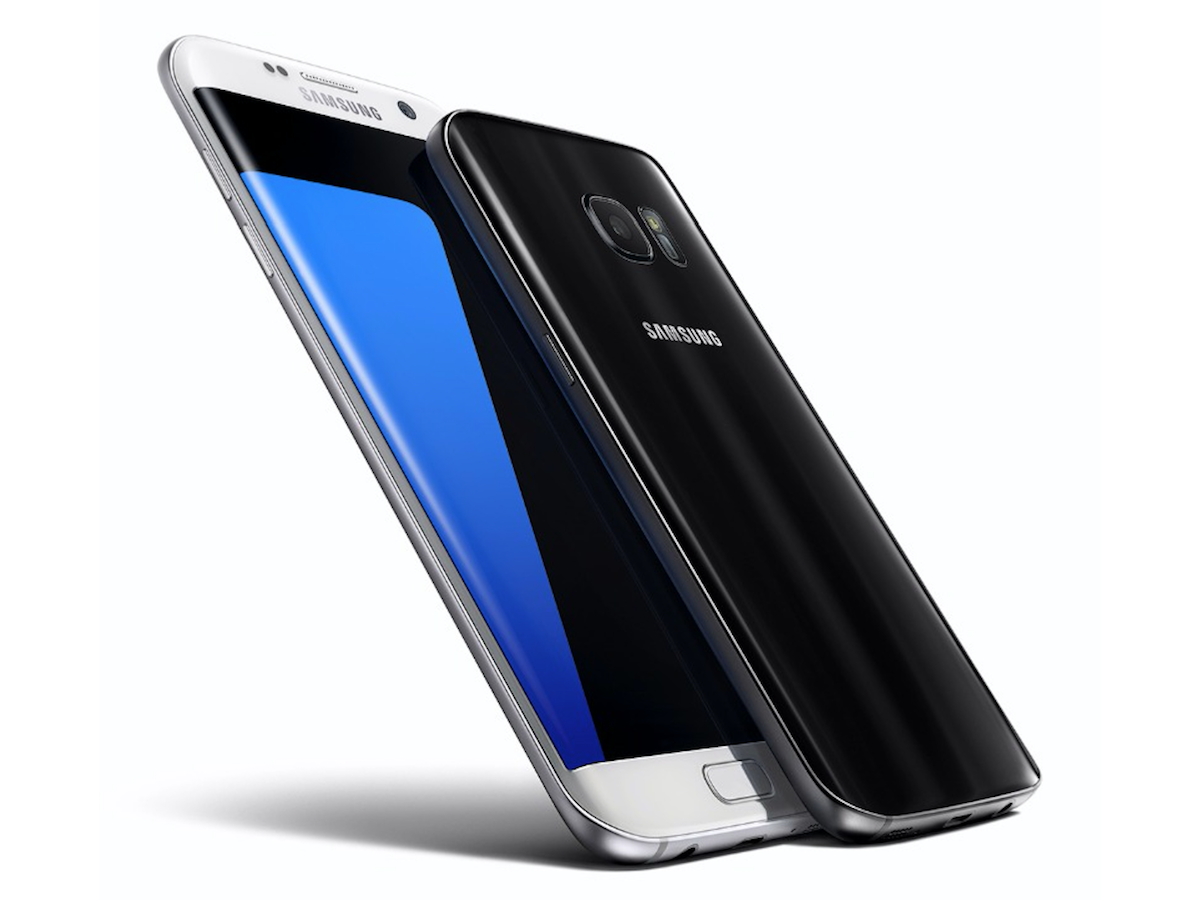
It might not be a massive departure from last year, and it still bares more than a passing resemblance to the iPhone, but the Galaxy S7 remains a slick and stylish phone. The slightly more rounded metal frame fits your hand a little better and the 2.5D glass adds another touch of class. Top marks, Samsung.
The standard Galaxy S7 doesn’t win the pageant though; that honour goes to the S7 Edge. There’s no escaping it: those curved edges and rounded OLED screen make this one of the best-looking phones money can buy.
Sure it’s bigger, and might not be as easy to use as the S6 Edge was for smaller hands, but given the choice we’d still take the Edge.
Screen test
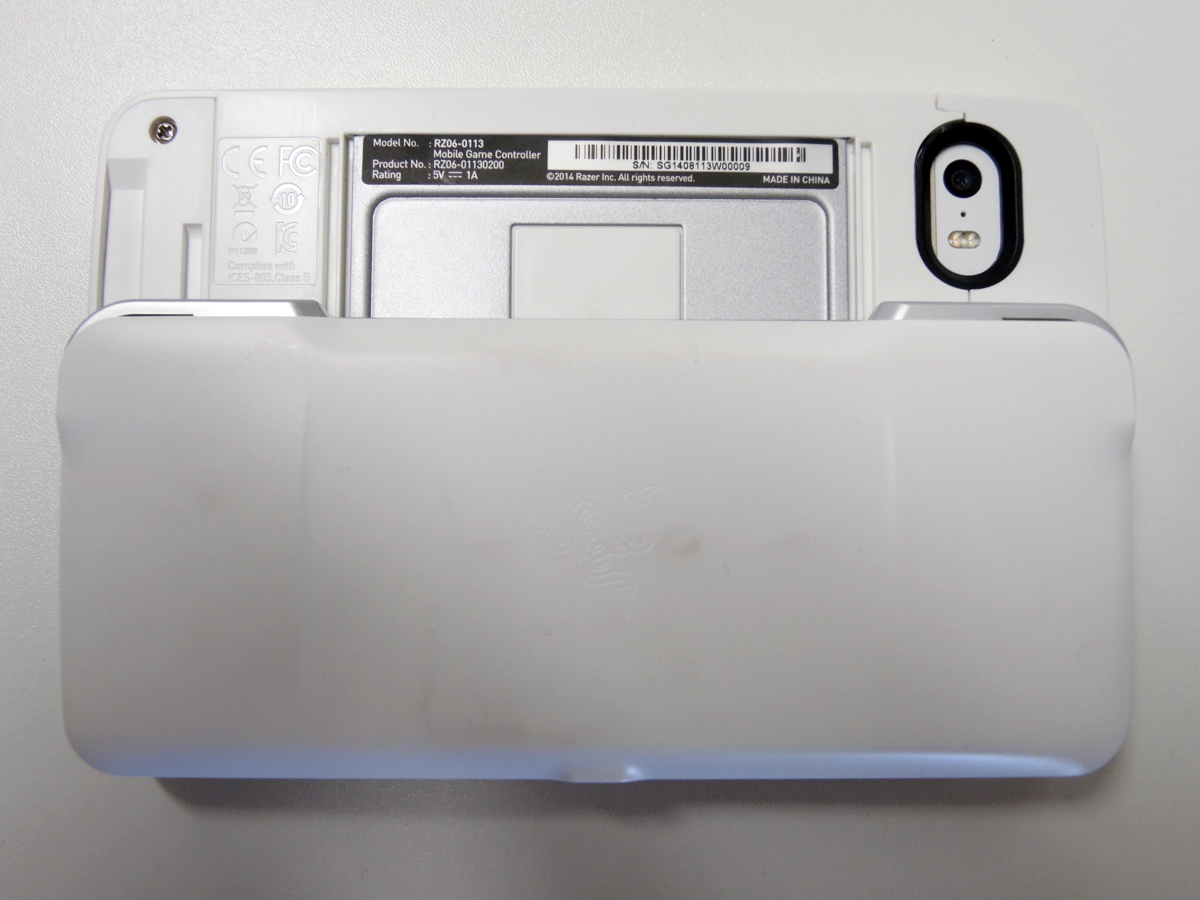
Picking a winner here depends on what you want more from your phone. Need the biggest screen you can fit in your pocket? The 5.5in S7 Edge is the clear winner, with the extra screen space making it quite the step up from the 5.1in S7.
The extra nearly-half-inch stretches the AMOLED pixels across a larger area, but seeing as Samsung’s stuck to the same QHD resolution as last year’s phones, there’s still more than enough to go around. You’ll need a magnifying glass to spot individual pixels on either phone.
Those edges make all the difference when it comes to usability though. Samsung’s software tweaks let you swipe from the side to get shortcuts, news updates, and even tools such as a ruler or compass. If you like your gadgets to be a bit multi-purpose, the S7 Edge wins hands-down.
Read More › Samsung Galaxy S7 hands-on review
Snap happy
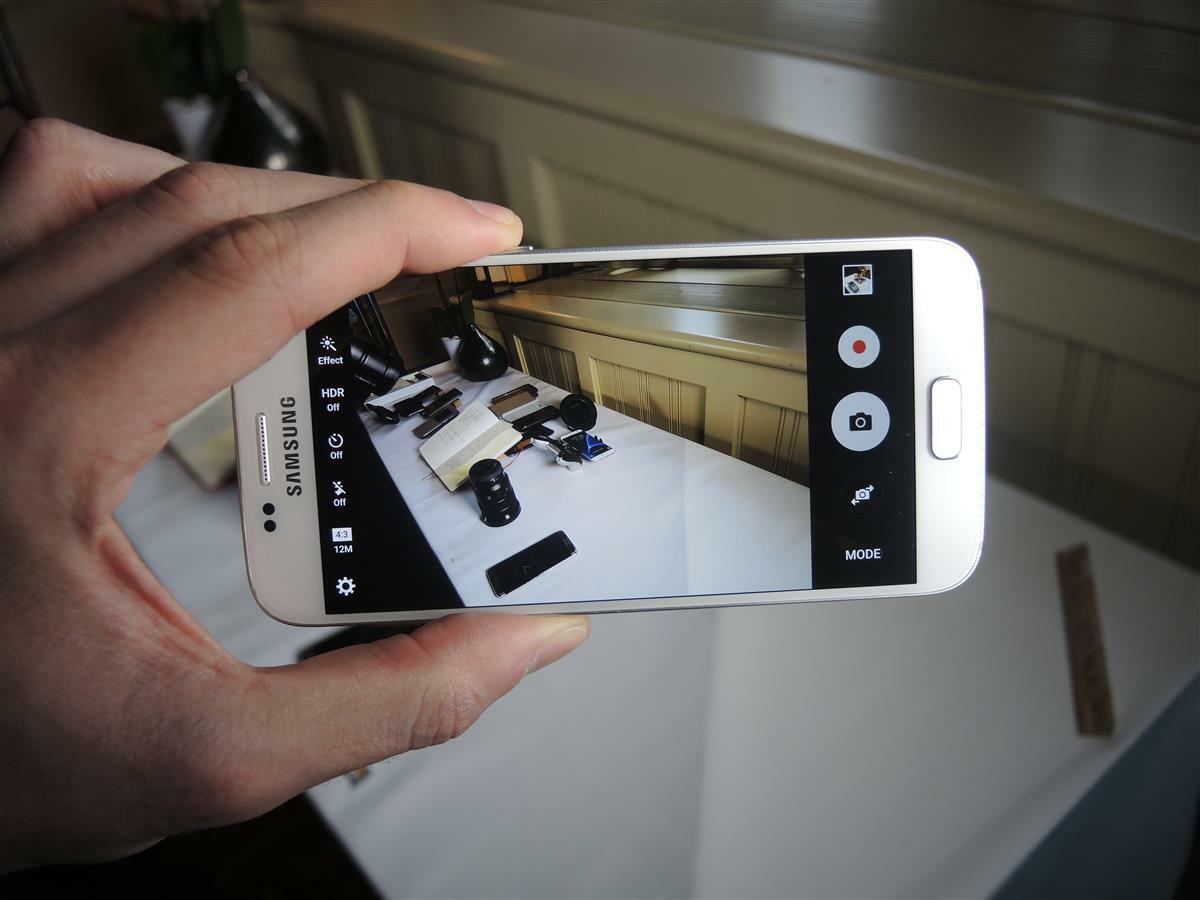
The Galaxy S6 was probably the best overall smartphone snapper we used in 2015, producing sensational results even on automatic settings. The pixel count might have dropped from 16 megapixels to 12MP this year, but the larger pixels and wider aperture will mean better pics in low light.
Samsung hasn’t copied Apple and saved image stabilisation for the premium phone, so there’s no major difference between the S7 and S7 Edge in terms of camera tech.
That means both phones have the same super-fast dual pixel autofocus sensor, which is good for near-instant focusing for crisp photos.
Power struggle
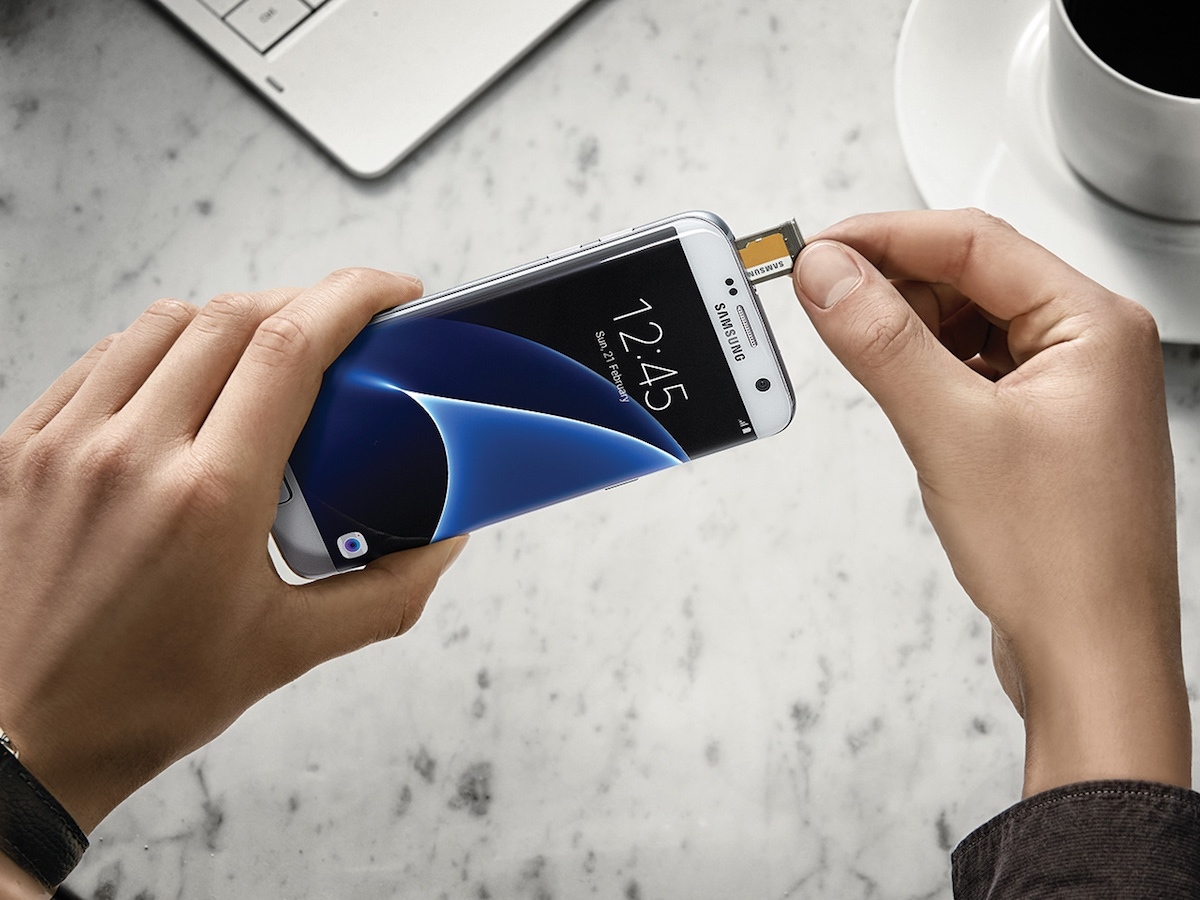
Snapdragon or Exynos, it doesn’t matter where in the world you are – the Galaxy S7 is going to be one of the fastest phones around.
You don’t have to commit to one storage size, either; both the S7 and S7 Edge get microSD card support, so you can expand out from whatever base size you choose.
The only big difference seems to be the size of the battery. The vanilla S7 has a 3000mAh cell, which is an improvement on last year’s S6, but it gets trumped by the S7 Edge. That has a bigger 3600mAh battery that should help it last longer away from the mains, even with the larger screen sucking away a bit more juice.
Read More › LG G5 vs Samsung Galaxy S7: the weigh-in
Software showdown
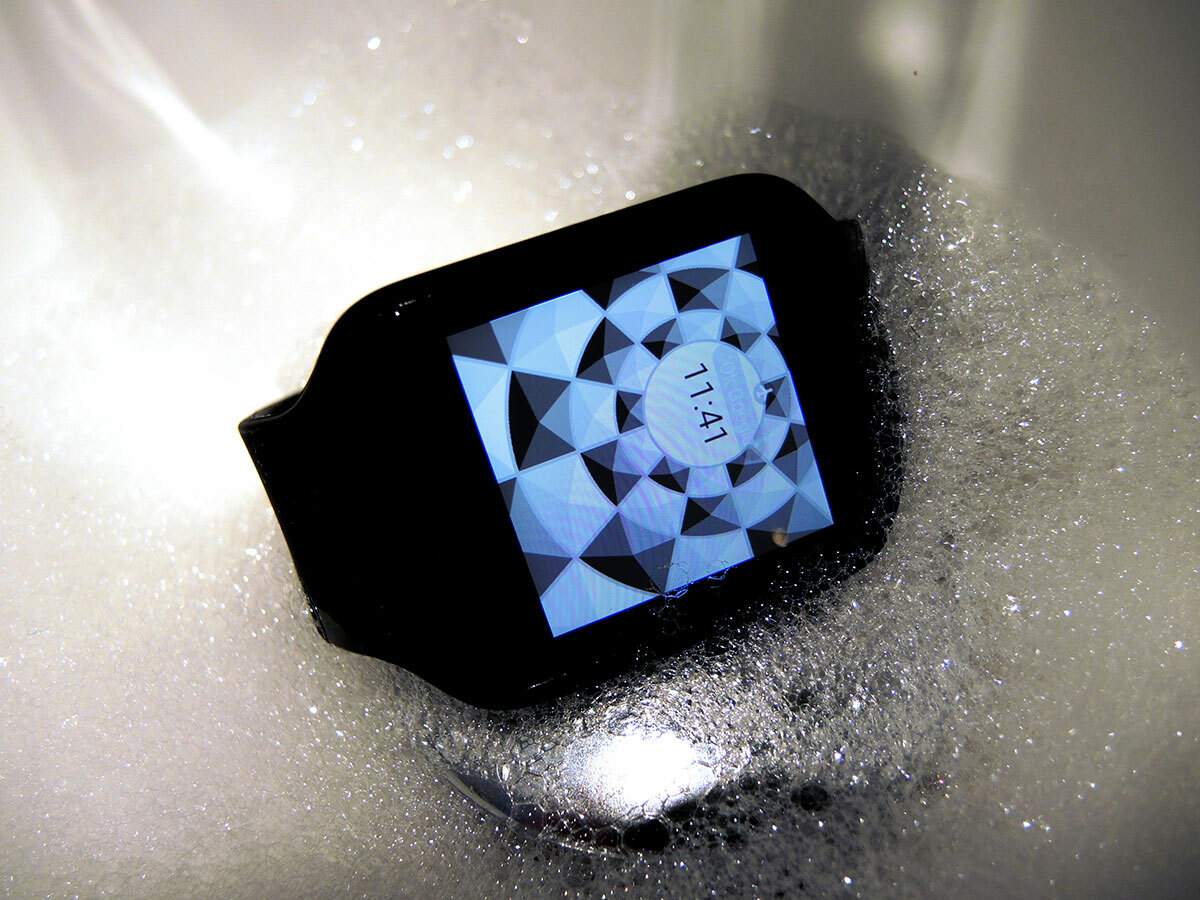
Customisable Edge panels are exactly the thing to help the S7 Edge stand out from the vanilla phone; you can slap sports scores, headlines, contact shortcuts, and other mini app icons on the screen in any order, so they’re in easy reach when you need them.
Otherwise, there’s not much to separate the two phones. Both run Android 6 Marshmallow, and both have Samsung’s TouchWiz UI running on top. That’s by no means a bad thing anymore; Samsung is much more reserved with its tweaks and changes than it used to be, so there’s not as big a leap from stock Android.
Split-screen apps and fingerprint security make a reappearance, but it’s the always-on screen mode that’s new for 2016. You can use it to stick a calendar, clock, or custom image in the middle of the screen when the rest of the phone is in standby; it’ll use less than 1% battery on either phone while keeping notifications at a glance.
MWC 2016 › All the news from Mobile World Congress
Early verdict
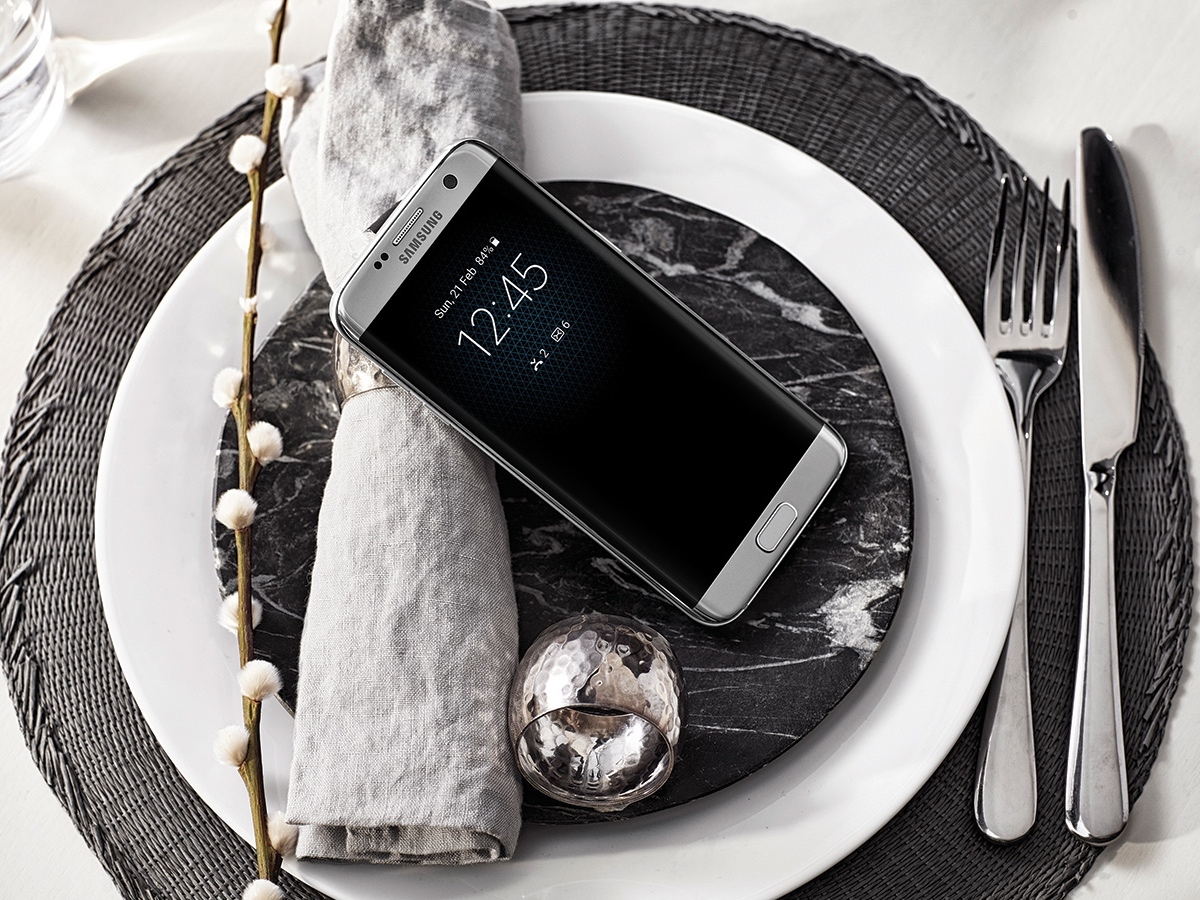
The Galaxy S7 is a gorgeous bit of kit – even more so than last year’s phone – but we are seriously tempted by the S7 Edge purely on looks.
Inside, there’s little to split the two, so if you don’t mind the larger size, it seems to be the one to go for. The Edge apps are a nice little bonus too, plus you might squeeze a little more battery life out of the expanded cell.
Pricing could well be the deciding factor for you, though, and we’re starting to get an idea of contract prices. Let’s take Three for example: a 24-month contract with unlimited texts, 1GB of data, as many minutes as you can manage, and a £99 upfront payment will get you a Galaxy S7 for £35 per month, or £41 a month if you go for the S7 Edge.
£6 a month may not sound like a lot, but it’s £144 over the course of the contract, and that’s definitely something to consider before taking the plunge one way or the other.



